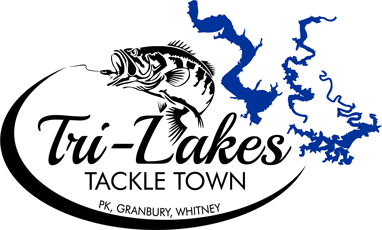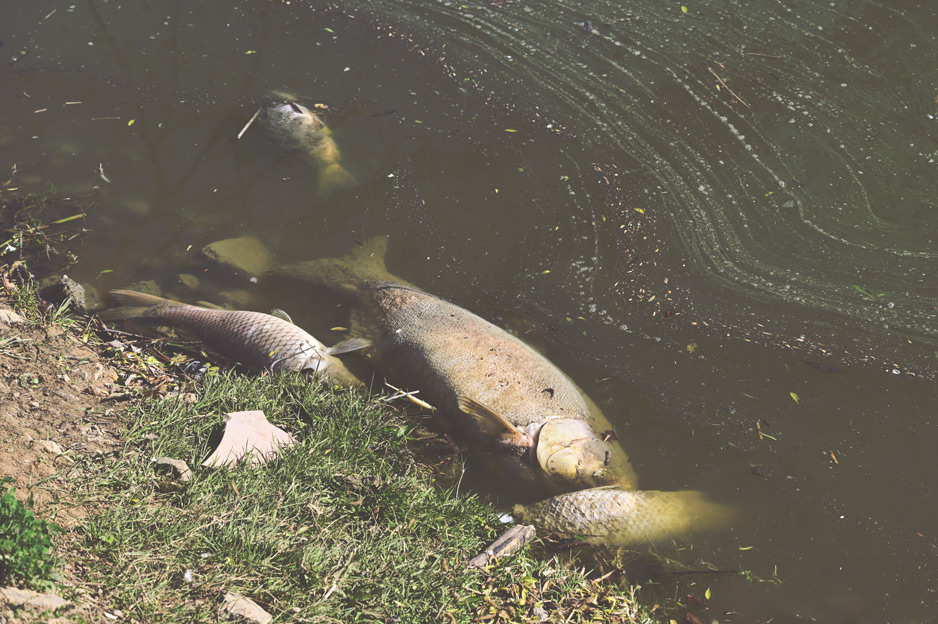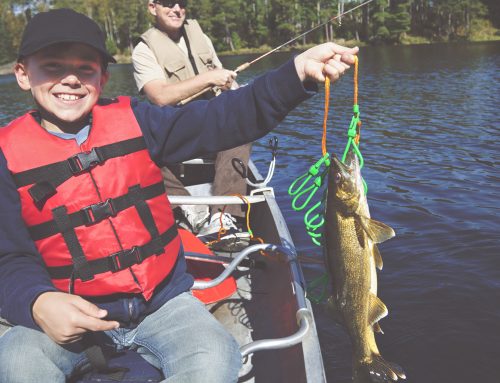Cooler fall temperatures are a welcome relief from baking summer heat and the lake is calling out for a day of fishing. Something is off. You are catching fewer fish. You notice the unmistakable smell of rotten eggs. There might even be dead fish floating on the surface. These are all signs of the dreaded Fall Lake Turnover, but is it really something to fear?
What is the impact of Fall Lake Turnover?
Lake turnover is a natural part of the lake ecosystem that takes place in both fall and spring. This process redistributes oxygen and nutrients in the water and is essential for fish to continue to thrive. Lake Granbury is part of the Brazos River basin, and like almost all of the reservoirs in the basin, is deep enough for these turnovers to occur. They are less likely in shallower lakes. Early to mid-October is the typical time this happens in Lake Granbury. A complete turnover can take days or maybe a week or two depending on the weather and can cause an immediate, but thankfully short lived, decline in fishing. Fish have to eat, so opportunities are still out there. Shallower waters can be your best bet. They provide the most consistent water quality and oxygen levels during turnover and baitfish will gravitate to them drawing in larger fish as well.
What happens during Fall Lake Turnover?
Throughout the summer lakes slowly develop temperature dependent layers also called stratification. Warmer water is less dense and stays at the top. Cooler water is more dense and sinks. For the science minded, three distinct layers form. The uppermost and warmest is referred to as the epilimnion. The middle layer which rapidly decreases in temperature from the uppermost is called the thermocline. Hypolimnion is the bottom layer with the coldest temperatures, and by fall has the lowest nutrients and lowest oxygen levels potentially creating dead zones where fish couldn’t survive. Cooling of the surface water to temperatures in the lower 70s sparks the turnover. The now cooler top layer begins to sink to the bottom allowing all the layers to mix. Oxygen content and temperature become consistent and baitfish can thrive at all depths along with the fish that feed on them. The rotten egg smell that can accompany turnover is hydrogen sulfide released by the bottom layer and not considered to be at harmful levels to fish or humans. Many people confuse turnover for an algae die-off.
Why is Fall Lake Turnover sometimes bad for fish?
If the layers break down too quickly the oxygen-rich layer may not have enough oxygen to make up for the oxygen-poor layers to support fish and plankton causing stress and isolated fish kills. In time, the fish will recover and begin feeding aggressively in preparation for winter.
How do I know when Fall Lake Turnover is coming?
As we mentioned, for our area it’s usually early to mid-October when surface water temperature is in the lower 70s. The turnover can be sudden and accelerate with cold rain and windy conditions which often occur due to a thunderstorm.
Should fear of the turnover keep you off the lake? You may need to adjust your tactics, but there are fish to be had. Time on the lake in perfect fall weather is a great way to relax, fish or no fish. Stop by Tri-Lakes Tackle Town in Granbury, Texas for bait and the latest pro gear and tackle. We are anglers supporting anglers, and as your local lake experts, we can steer you to where the fish are biting.



